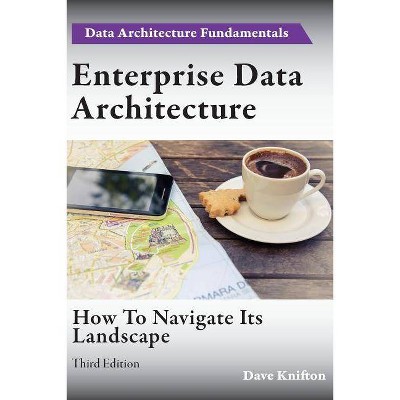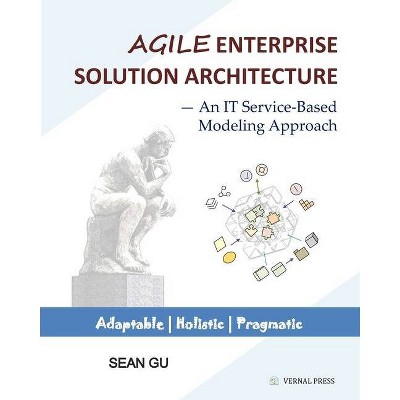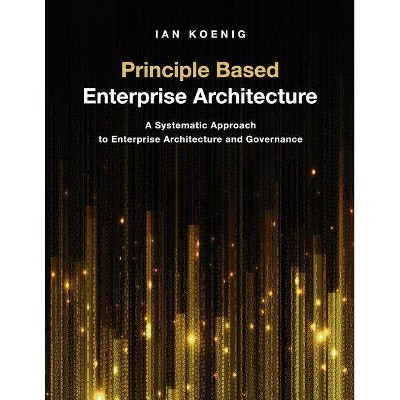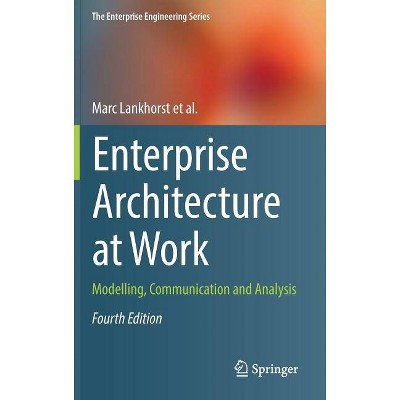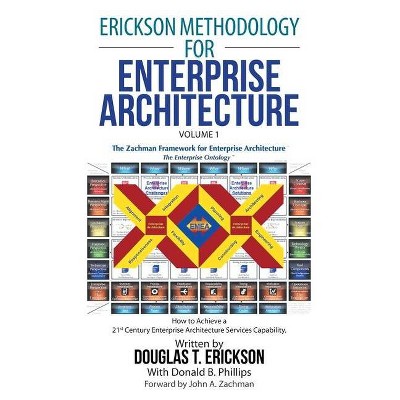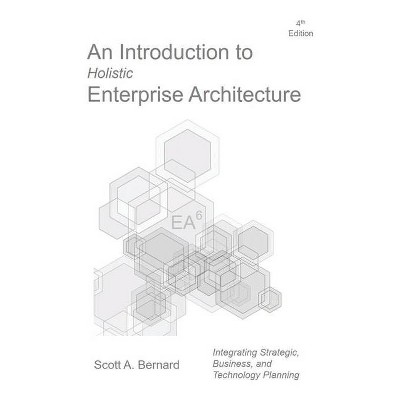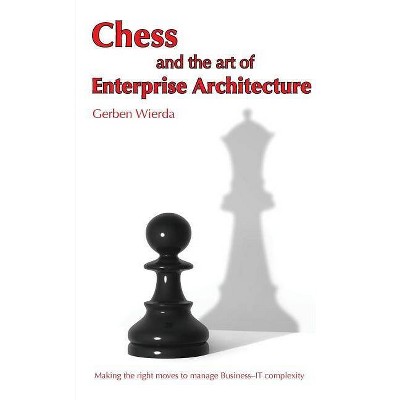Complex Enterprise Architecture - by John D McDowall (Paperback)
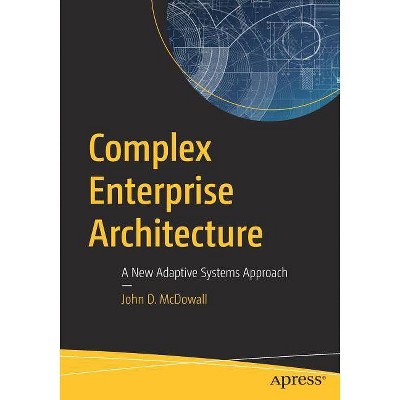
Similar Products
Products of same category from the store
AllProduct info
<p/><br></br><p><b> Book Synopsis </b></p></br></br>Implement successful and cost-effective enterprise architecture projects. This book provides a new approach to developing enterprise architecture based on the idea of emergent behaviors--where instead of micromanaging system implementation, the enterprise architecture effort establishes clear goals and leaves the details to the implementation teams. System development efforts are measured based on their contribution to achieving business goals instead of implementing specific (possibly outdated) requirements.<p></p> Most enterprise architecture initiatives employ one of the existing system architecture frameworks such as Zachman or The Open Group Architecture Framework, but these are not well-suited for enterprise architecture in a modern, agile organization. The new approach presented in this book is based on the author's experience with large enterprise architecture efforts. The approach leverages research into complex adaptive systems and emergent behaviors, where a few simple rules result in complex and efficient enterprise behaviors.<p></p> <p>Simplifying the task of establishing and maintaining the enterprise architecture cuts the costs of building and maintaining the architecture and frees up those resources for more productive pursuits. System implementers are given the freedom to rapidly adapt to changing user needs without the blessing of the enterprise modeling priesthood, and the architecture is transformed from a static pile of obscure models and documents into an operational framework that can be actively used to manage an enterprise's resources to better achieve business goals. The enterprise architect is free to stop focusing on building and maintaining models and start focusing on achieving business goals.</p> <p><b> </b></p> <b>What You'll Learn</b><p></p> <p></p><ul><li>Refocus enterprise architecture on business needs by eliminating most of the enterprise-level models<br></li><li>Delegate tasks to the development teams who do system implementation<br></li><li>Document business goals, establish strategies for achieving those goals, and measure progress toward those goals<br></li><li>Measure the results and gauge whether the enterprise architecture is achieving its goals<br></li><li>Utilize appropriate modeling techniques that can be effectively used in an enterprise architecture</li></ul><p></p> <p><b><br></b></p><p><b>Who This Book Is For</b></p>Architecture practitioners and architecture managers: Practitioners are experienced architects who have used existing frameworks such as Zachman, and have experience with formal architecture modeling and/or model-based system engineering; managers are responsible for managing an enterprise architecture project and either have experience with enterprise architecture projects that were ineffective or are looking for a different approach that will be more cost-effective and allow for more organizational agility. Government program managers looking for a different approach to make enterprise architecture more relevant and easier to implement will also find this book of value.<p/><br></br><p><b> From the Back Cover </b></p></br></br>Implement successful and cost-effective enterprise architecture projects. This book provides a new approach to developing enterprise architecture based on the idea of emergent behaviors--where instead of micromanaging system implementation, the enterprise architecture effort establishes clear goals and leaves the details to the implementation teams. System development efforts are measured based on their contribution to achieving business goals instead of implementing specific (possibly outdated) requirements.<p></p>Most enterprise architecture initiatives employ one of the existing system architecture frameworks such as Zachman or The Open Group Architecture Framework, but these are not well-suited for enterprise architecture in a modern, agile organization. The new approach presented in this book is based on the author's experience with large enterprise architecture efforts. The approach leverages research into complex adaptive systems and emergent behaviors, where a few simple rules result in complex and efficient enterprise behaviors.<p></p><p>Simplifying the task of establishing and maintaining the enterprise architecture cuts the costs of building and maintaining the architecture and frees up those resources for more productive pursuits. System implementers are given the freedom to rapidly adapt to changing user needs without the blessing of the enterprise modeling priesthood, and the architecture is transformed from a static pile of obscure models and documents into an operational framework that can be actively used to manage an enterprise's resources to better achieve business goals. The enterprise architect is free to stop focusing on building and maintaining models and start focusing on achieving business goals.</p><p> What You'll Learn: </p><p></p><p></p><ul><li>Refocus enterprise architecture on business needs by eliminating most of the enterprise-level models<br></li><li>Delegate tasks to the development teams who do system implementation<br></li><li>Document business goals, establish strategies for achieving those goals, and measure progress toward those goals<br></li><li>Measure the results and gauge whether the enterprise architecture is achieving its goals<br></li><li>Utilize appropriate modeling techniques that can be effectively used in an enterprise architecture</li></ul><p/><br></br><p><b> About the Author </b></p></br></br><b>John D. McDowall</b> is a specialist in the architecture, design, integration, and testing of enterprise information and data analysis systems. He also conducts independent research in the fields of architecture and system engineering. John has over 20 years of experience, including his current position as the lead architect for a major system-of-systems effort within the US Department of Defense. Over the years he has learned what does and does not work, and he has developed the approach in this book as a result of the lessons he has learned solving real-world problems. He thinks it will be applicable to many other enterprise architecture efforts.<p>After graduating from the US Naval Academy, John spent 11 years on active duty in the Marine Corps in a variety of positions. Since leaving active duty he has worked as a contractor doing IT systems development and integration for a variety of projects in the logistics, command and control (C2), and intelligence communities. During this time he completed his PhD in Information Systems. In addition to his full-time job he is an adjunct professor in the Computer Science Department at George Mason University.</p>
Price History
Price Archive shows prices from various stores, lets you see history and find the cheapest. There is no actual sale on the website. For all support, inquiry and suggestion messagescommunication@pricearchive.us
